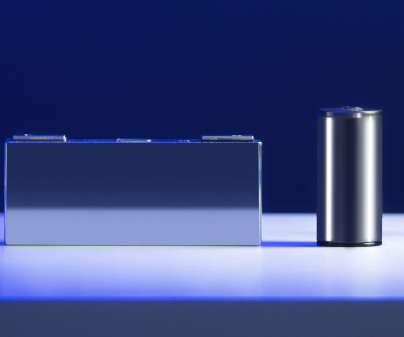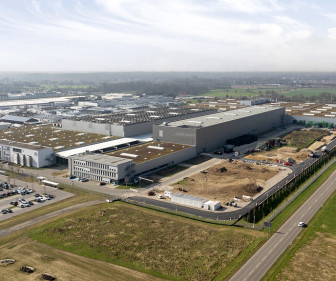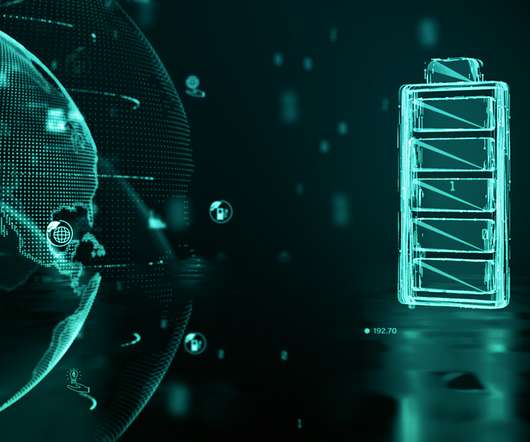DOE to issue $47M FY17 Vehicle Technologies program-wide funding opportunity
Green Car Congress
NOVEMBER 17, 2016
The purpose of this topic is to identify proof-of-concept or seedling projects that will complement the research in the Battery500 Program. The objective of the VTO Battery500 Program is to research, develop, and demonstrate lithium battery technologies capable of achieving a cell specific energy of ≥500 Wh/kg while achieving 1,000 cycles.












Let's personalize your content